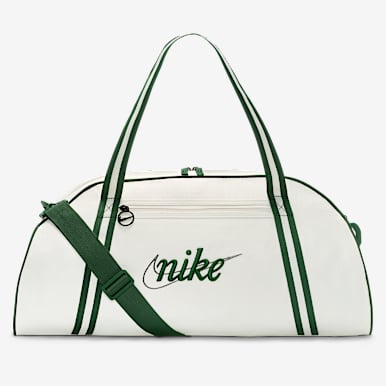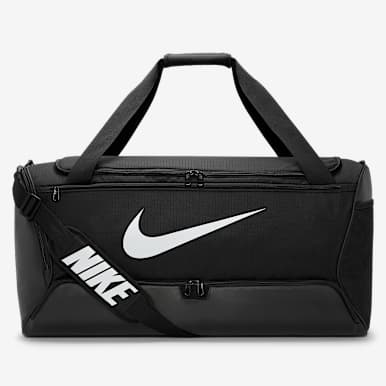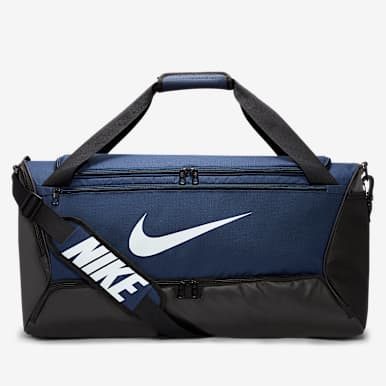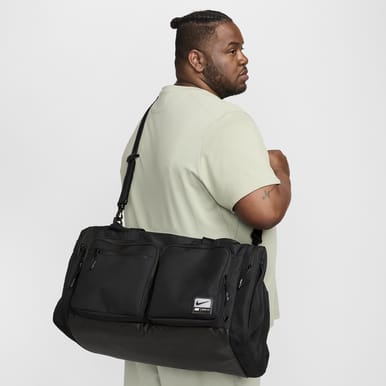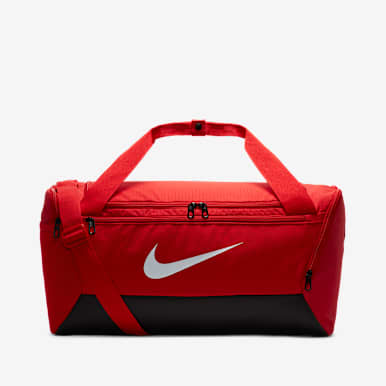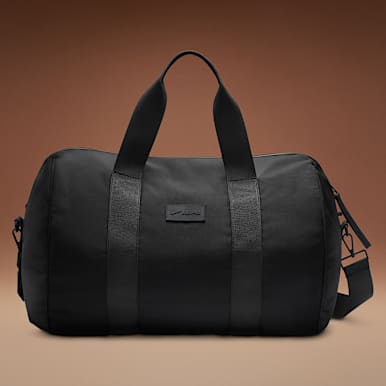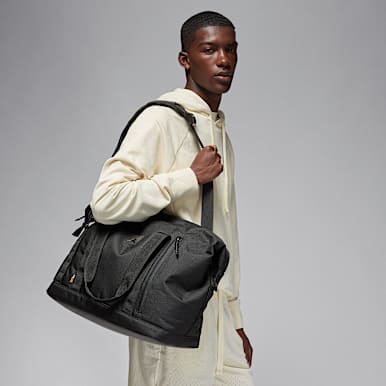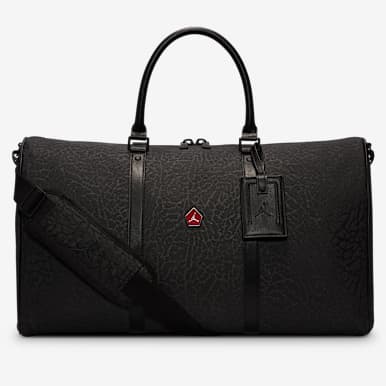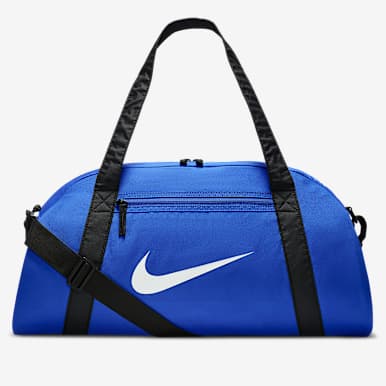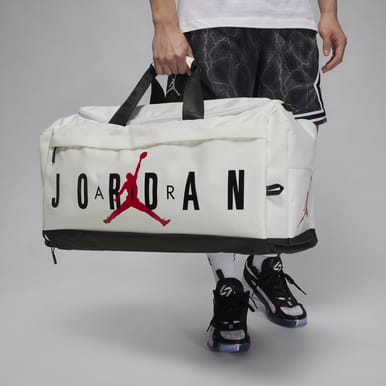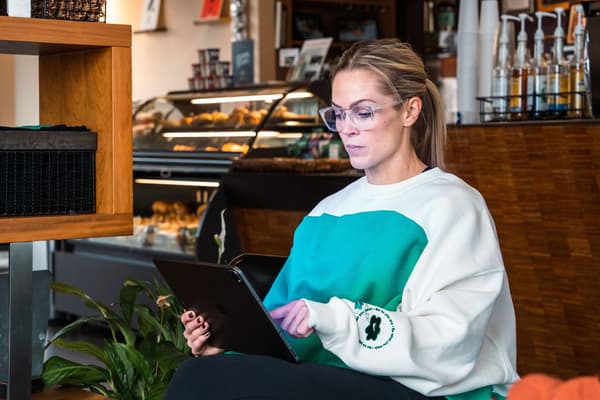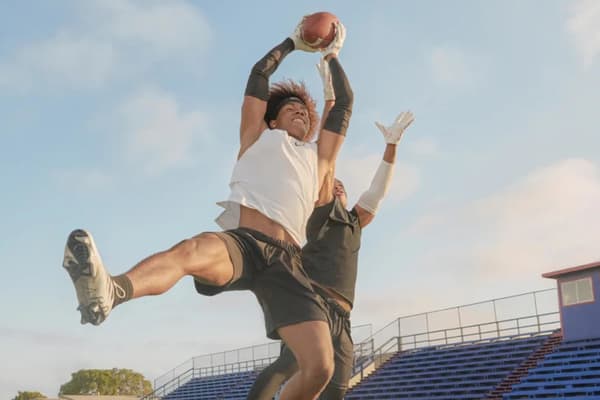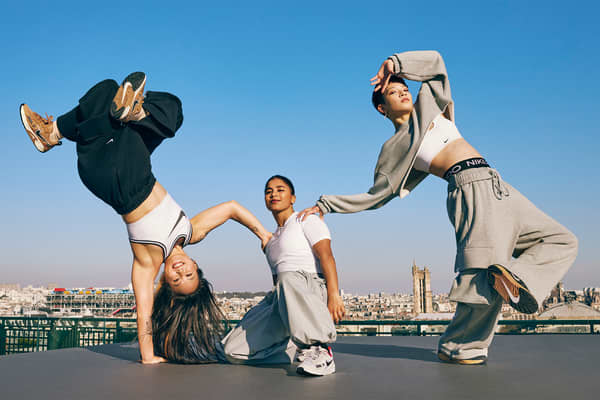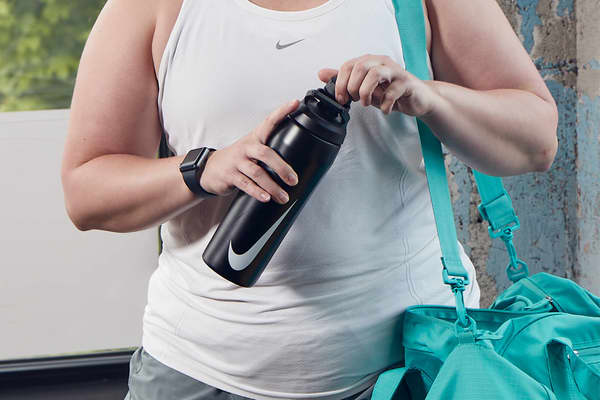The 5 Best Gym Bags by Nike
Buying Guide
Get to and from your workout in style with totes, duffle bags and backpacks that make staying organized a breeze.
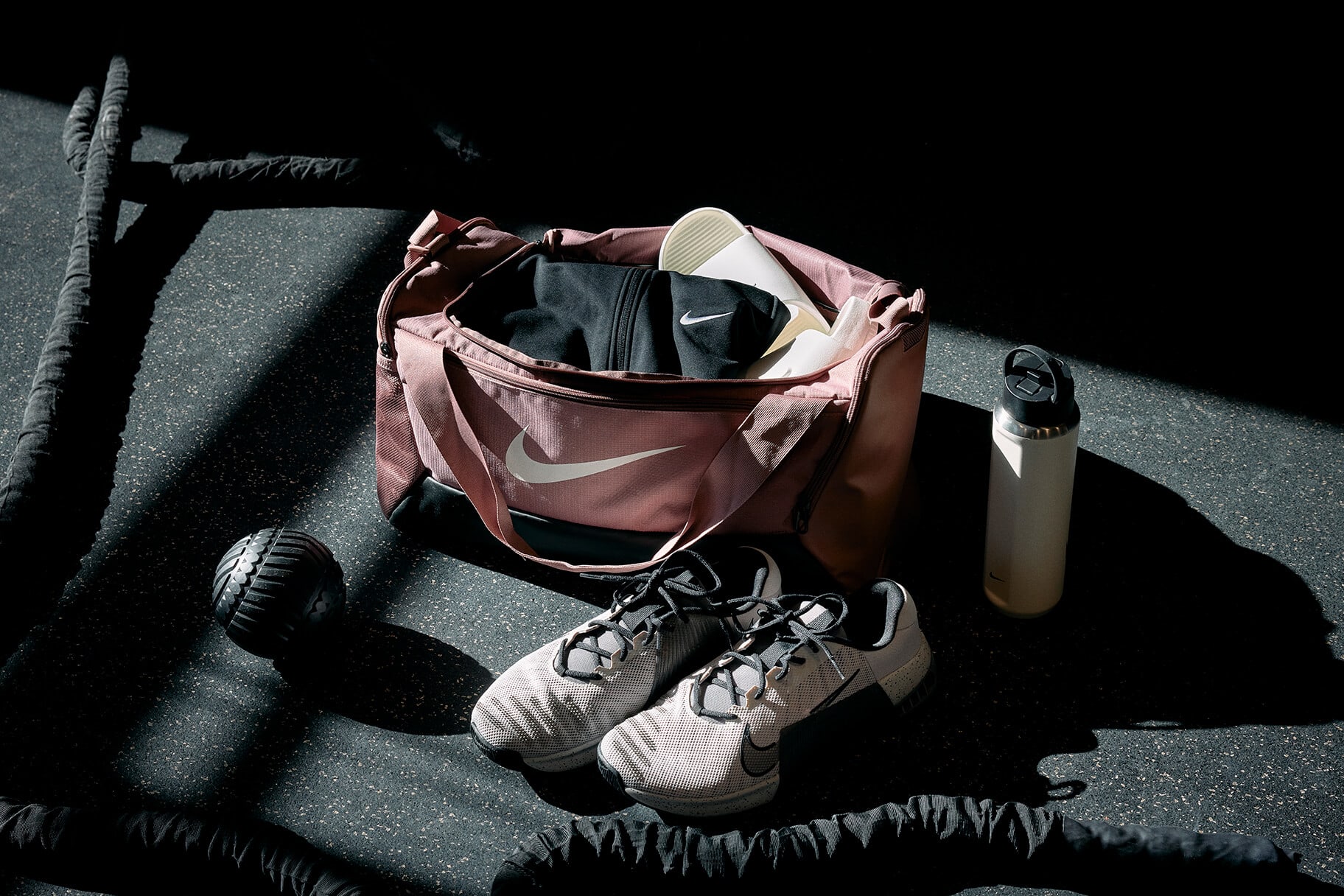
Every athlete is unique, which means there isn't a one-size-fits-all solution when it comes to finding the best gym bag. While some people may need a backpack that allows them to easily transition from work or school to an evening lifting session, others may need a duffle-style gym bag that will separate sweaty fitness gear from a clean change of clothes so they can shower at the gym and go on with their day.
If you’ve been using an old tote or worn-out gym bag to get to and from your workouts, consider this your sign that it’s time for an upgrade. Whatever your day-to-day looks like, Nike has bags with features that can help you stay organized so you can focus on crushing your goals—in and out of the gym. Whether you’re looking for a lightweight duffle, a backpack with comfy shoulder straps, or something more heavy-duty, these are some of Nike’s best gym bags.
Best Duffle Gym Bag
If you’re looking for a roomy bag without the bulk, consider the Nike Gym Club Duffel. It comes in two great colors and has a simple and sleek design that doesn’t sacrifice function, making it one of the best gym bags for anyone on the go. This versatile duffle bag can be carried hands-free with a removable and adjustable shoulder strap or by its handles, and the main compartment has space for all the essentials like shoes, clothes, and a water bottle. The zippered front pocket keeps smaller items organized, which means no more digging to find your keys and phone.
Best Gym Bag With Shoe Compartments
This gym bag is a classic for a reason: It’s super versatile and boasts all the must-haves. Separate shoe compartment that doubles as space for sweaty gear? Check. Removable shoulder straps that are padded for comfortable shoulder or cross-body carrying? Check. Inner and outer pockets for smaller items such as water bottles, keys, and cell phones? You bet! Whether you go with the small, medium, or large version, this duffle bag has everything you need to tackle every activity, from weekday workout sessions to stylish weekend travel itineraries.
Best Gym Bag With Compartments
This sleek, minimalist duffle bag has a big secret: It has multiple hidden side pockets, giving all your smaller items a place to call home. The classic duffle also has a large main compartment, ensuring it can hold both your sweaty gear and your toiletries. And if you do load it up, you can switch from the padded handles to the adjustable shoulder strap to disperse the weight across your body, making it easier to tote your gym gear from point A to point B.
Best Small Gym Bag
If you tend to travel light, this is one of the best small gym bags you can find. The simple, lightweight design features Nike’s iconic swoosh and shoulder straps that double as a drawcord to keep everything tidy in your locker. The bag's main compartment has just enough room for your wallet, keys, phone, water bottle, and sweatshirt, while the front zippered compartment serves as an easy-access spot for small items that you need to keep separate from the rest of your stuff.
Best Gym Backpack
A backpack is the ideal gym bag for anyone lugging a lot of stuff long distances, including students, commuters, and city dwellers. The Nike Brasilia backpack—which comes in two sizes and a variety of colors—has padded, adjustable shoulder straps so you can find your comfiest fit and plenty of pockets to help you stay organized in and out of the gym. There’s a laptop sleeve, side mesh pockets for water bottles, and zippered inner and outer pockets that keep small items such as keys, headphones, and charging cords secure and organized.
Frequently Asked Questions About Gym Bags:
What features should a good gym bag have?
Think about your lifestyle and how you hope to utilize your gym bag. Will you be heading to school or work after your workout? A bag with a separate laptop compartment may be an important feature. If you’ll be walking a long way while carrying your workout gear, a bag with adjustable shoulder straps and shoulder pads may come in handy. Do you want to be able to use your bag for adventures beyond the gym? Detachable shoulder straps and side compartments with zippers for quick-access items are features that can help keep you organized.
How big should your gym bag be?
There’s no right or wrong size for a gym bag—it depends on how much stuff you need to tote around (and how much you can fit in your locker). Only need room for your wallet, water bottle, and exercise bands? A smaller bag should do the trick. However, if you need to transport extra shoes, a change of clothes, or gear (Think: a basketball or boxing gloves), look for something on the larger side to ensure you’ll be able to fit everything. Medium-sized bags are perfect if your needs vary depending on the day.
What should you put in a gym bag?
Every gym-goer's needs are different, but a few staples—like a water bottle and headphones—will come in handy no matter how you like to stay fit. If you shower or freshen up after your workout, you may want to keep staples such as body wash, deodorant, dry shampoo, and extra clothing in your workout bag, too. And if you tend to get hungry right after the gym, stock some post-workout snacks in your bag, as well. Things like protein bars and nuts will keep well for months and are good sources of portable nutrition.
Words by Dana Leigh Smith
